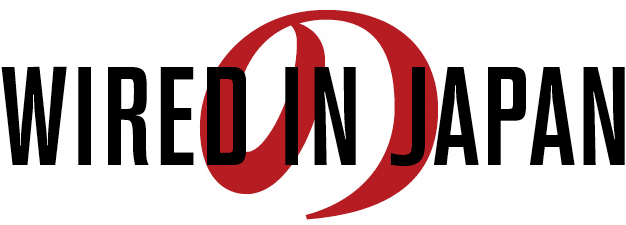For all you Smart.fm users, I created a list on graphic design terms in Japanese. These terms a very helpful when searching for Japanese design. One can get a good view about what is happening in Japanese design by googling in the native language.
The list encompasses basics like:
グラフィックデザイン - Graphic Design
フォント - Font
ロゴ - Logo
ポスター - Poster
To more esoteric terms like:
バウハウス - Bauhaus
ポール・ランド - Paul Rand
スイス・スタイル - Swiss Style
ヘルヴェチカ - Helvetica
ビジュアルコミュニケーション - Visual Communication
All the words are in katakana, because they're loan words or foreign names. Basically sound out the English word with Japanese pronunciation.
がんばって!
6.27.2009
Graphic Design Terminology
6.09.2009
Practice Writing Hiragana and Katakana

Rio-sensi, from the beginning, has put much emphasis on writing hiragana and katakana. To practice, I've been using writing sheets, which are composed of an array of boxes, each with a four cell grid, notating every basic kana. Thus, mimicking the initial example kana, the repetition and tactile experience has made profound development in my ability to understand written Japanese, in addition to the ability to breakdown vocabulary for proper pronunciation.
Update:
I recently revised the Hiragana and Katakana practice sheets to make them more efficient. View the new practice sheets here.
6.07.2009
Practice Japanese With Pankun
パンくん (Pankun), the genius chimpanzee, is the star of a Japanese television show. Pankun is a chimp that's able to complete everyday tasks and is one comedic character.
In this episode watch Pankun face off with Aiba, a Japanese entertainer, in a contest of feats. They battle in various physical activities, such as: push ups, an eating contest, and a dance off.
To make learning Japanese a bit more interesting, I find it enjoyable to watch videos in which Japanese is the only spoken language, without any English subtitles. Watching videos without subtitles seems daunting at first, yet one is able to gain at least a fragment of understanding, even without completely understanding what they are saying.
If you simply watch the way people use body language, as well as listen to the emphasis and emotion that is put into the way they speak, it is easy to get the gist of what is going on.
I don't see watching video in Japanese as a way to learn the Japanese language, but rather a fun way to see how your listening comprehension is. After learning Japanese for a little while, I am able to progressively pick out words and phrases. The more that Japanese I learn, the more I will be able to understand.
